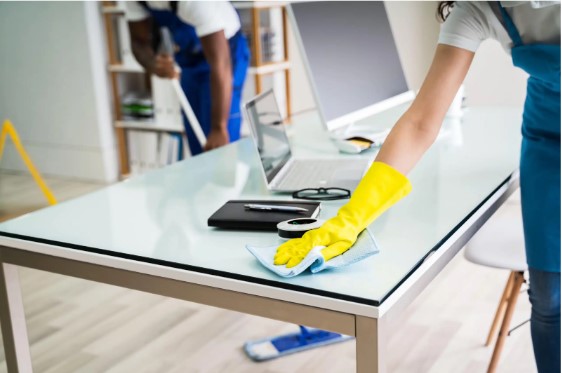Windows are one of the most important elements in any building. But the installation is intricate as it demands the perfect balance of design, engineering, and performance.
The attention to detail is the key to a smooth and perfect installation. From the type of glass you choose to proper sealing and gas filling, every detail matters. Neglecting these important steps can lead to underperforming windows and energy loss. Here are some key factors to consider to ensure proper installation.
Glass and Glazing Shop Drawing Services
Before you even start the project, a glass and glazing shop drawing plays a vital role in ensuring the perfect fit. They serve as a blueprint.
These drawing shops are not just standard architectural plans, but they help break down the exact specifications. This includes precise dimensions, type of glass, and even the sealing method.
Why does this matter? Because windows are custom-fit components. Even a minor mistake in measurement or material choice can lead to big issues later on—air leaks, rattling panes, or even structural weaknesses.
Selecting the Right Type of Glass
The glass is the foundation of good glazing. That is why it is important to choose the right one. Some options are as follows:
- Tempered glass is a common choice for safety and durability. Unlike standard glass, which breaks into sharp shards, tempered glass crumbles into small and blunt pieces. This makes it much safer in homes, schools, or commercial buildings where impact risks are higher.
- Low-E (low-emissivity) glass has become the modern standard for energy-efficient windows. It’s coated with a nearly invisible layer of metallic oxide that reflects infrared heat while letting visible light pass through.
Proper Sealing for Energy and Longevity
Glass by itself won’t keep out the wind or rain. What makes a window truly functional is the quality of its seal. Sealing involves using glazing putty or silicone-based sealants to close the gaps between the glass and the frame.
This prevents air leaks, stops drafts, and blocks moisture from sneaking inside. Without proper sealing, even the best glass can underperform, leading to higher energy bills and potential water damage.
Choosing the Appropriate Spacer
In double- or triple-glazed windows, spacers are placed to create a vacuum between them. It plays a major role in improving thermal insulation. Traditional spacers are made of aluminum or steel, which are both strong and dependable.
The newer spacers, known as the warm edge, are made from less conductive materials that can greatly reduce the transfer of heat, enhancing insulation. In addition to temperature regulations, an effective spacer helps to limit by keeping the environment between the panes steady.
Gas Filling for Enhanced Insulation
A lot of contemporary double or triple-glazed windows are stuffed with inert gases such as argon or krypton. These gases are dense, and heat can penetrate more easily.
The outcome is an improved insulation that translates to a warmer home during the winter and a cooler home during the summer.
Applying the Glazing Beads
The final stage of glazing is to firmly hold the glass in place, and this is where glazing beads come in. These are the strips, usually made of wood, vinyl, or metal, that secure the glass to the frame. In addition to serving a functional purpose, glazing beads also affect the appearance of the window.





